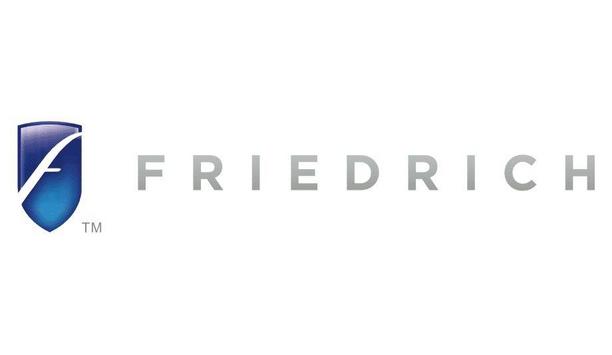Efficiency Vermont sent a press release last month touting the state’s leadership in installing the most heat pumps per capita among states in the Northeast. That might have been a subtle dig at Maine, which has more heat pumps overall and has been installing them at a faster clip, or Massachusetts, which has big ambitions but lags behind.
Each of those states is part of the U.S. Climate Alliance, which has set a goal of accelerating deployment of heat pumps, and incentive programs are a big part of achieving that target. But despite all of the glowing rhetoric, there is at least one major challenge: heat pump rebate programs in New England are struggling to reach low-income households, especially those currently heating with gas, the most important constituency.
Lowering energy burdens
As states across the country prepare to launch home energy rebates for efficient products like heat pumps, there are lessons to be learned from the existing programs in the Northeast.
The goals of the new federal funding for home energy rebates include lowering energy burdens
The goals of the new federal funding for home energy rebates include lowering energy burdens, reducing pollution, and innovative program designs that spur widespread adoption. Energy burdens and insecurity for low-income households are already unacceptably high in communities across the country, and the potential for skyrocketing gas prices as more households switch to efficient electric heating cannot fall on those already most likely to face utility shutoffs and evictions.
Assets of deteriorating pipelines
There are two critical elements to lowering energy burdens in the transition off fossil fuels: 1) low-income households have to be among the first to fully electrify and leave the gas system to avoid being stuck paying for the stranded assets of deteriorating pipelines, and 2) those households also have to be protected from the potential for higher costs in the short term in some states.
The Massachusetts Department of Public Utilities recognized this challenge and the importance of energy affordability in transitioning from fossil fuels to heat pumps in its groundbreaking order on the future of the gas system.
Low-income households
Some officials in those states have argued that they are following this path because of legitimate concerns
The first step is where Vermont may be doing the best in the region, allowing low-income households using gas to qualify for their biggest heat pump rebates. Unfortunately, Maine, Massachusetts, and Rhode Island all specifically exclude households using gas for heating from their low-income heat pump rebate programs (though in Massachusetts National Grid allows exceptions if a household acknowledges its energy burden might increase).
Some officials in those states have argued that they are following this path because of legitimate concerns that electrifying low-income households could cause them increased bills in the short term. But there are solutions that could be used by states to help ensure this doesn’t happen.
Community-based organizations
A recent study in Colorado showed that comprehensive approaches to retrofits that include energy efficiency and even solar power will lower bills.
The same company that runs Efficiency Vermont is taking that exact approach in Washington, DC
The same company that runs Efficiency Vermont is taking that exact approach in Washington, DC after validating the strategy’s potential to lower energy burdens. A strategic neighborhood-based approach to transitioning off gas, in partnership with community-based organizations, can deliver even more savings by avoiding gas pipeline repair and replacement costs.
Financially vulnerable households
Some utility customers in Maine can get lower electric rates if they use heat pumps, and companies in Massachusetts have proposed similar discounts: National Grid estimated its proposal would save a typical household using a heat pump $425 annually on its electric bills. Unitil’s proposal, which combines a lower electric rate for heat pump households with a low-income discount, would likely provide even more savings for a typical low-income household.
Perhaps the best approach for supporting the transition to electric heat pumps while protecting financially vulnerable households is to simply cap electric bills for low-income households outright through policies like percentage of income payment programs while also providing energy-saving home efficiency retrofits.
Heating electrification programs
Protecting low-income households from the risk of elevated costs, both now and in the future
Any of these approaches to reduce energy burdens for low-income households when switching off gas appear to be sufficient to avoid the potential for higher bills, and combining them all almost certainly would.
That is precisely what states should do with their efficiency programs as they prepare to implement federal funding for energy upgrades in homes: prioritize low-income households currently burning fossil fuels, including gas, with a comprehensive approach that links energy efficiency, solar, rate design reforms, and community-based implementation.
California and New York, two states that have already submitted their applications to implement part of the home energy rebates, have indicated they may deliver that approach with their Equitable Building Decarbonization and Empower Plus programs, respectively. Protecting low-income households from the risk of elevated costs, both now and in the future, demands that all states prioritize putting financially vulnerable families at the front of the line when designing their heating electrification programs, not at the back.














